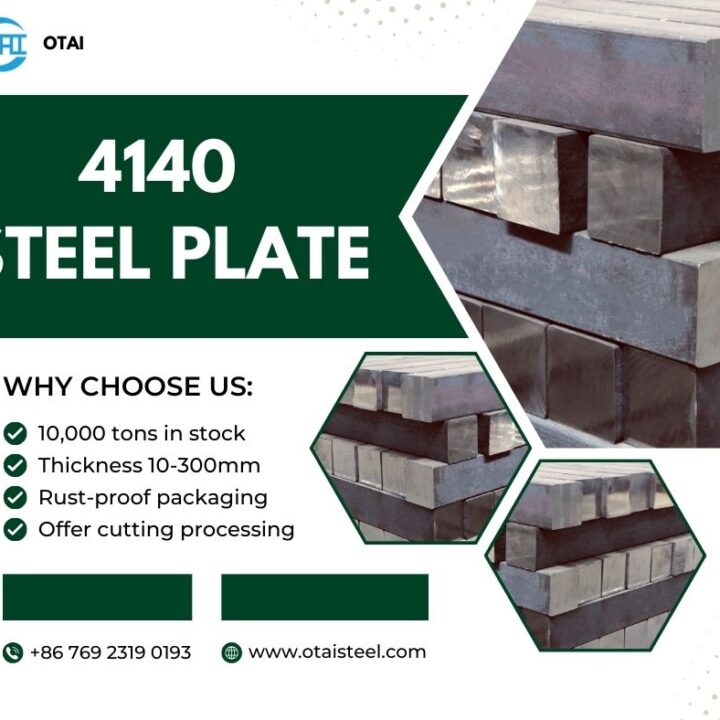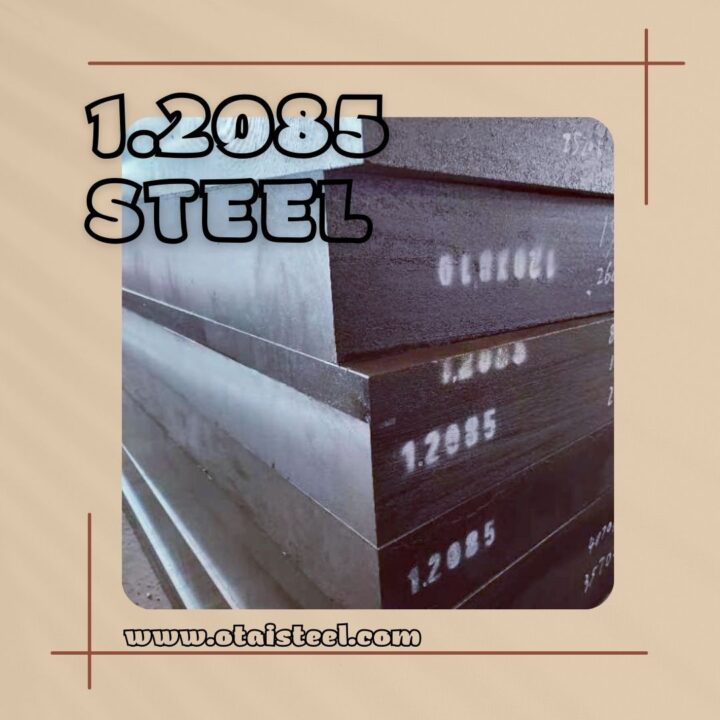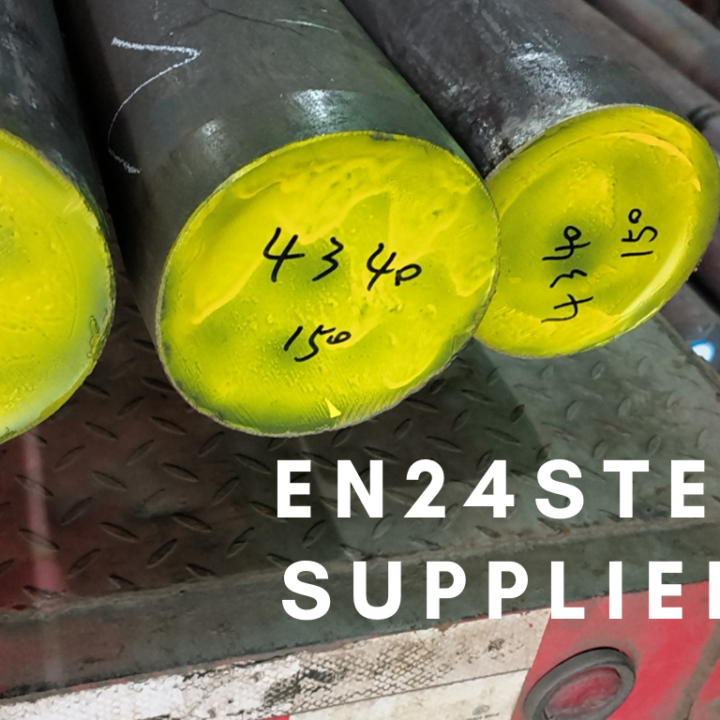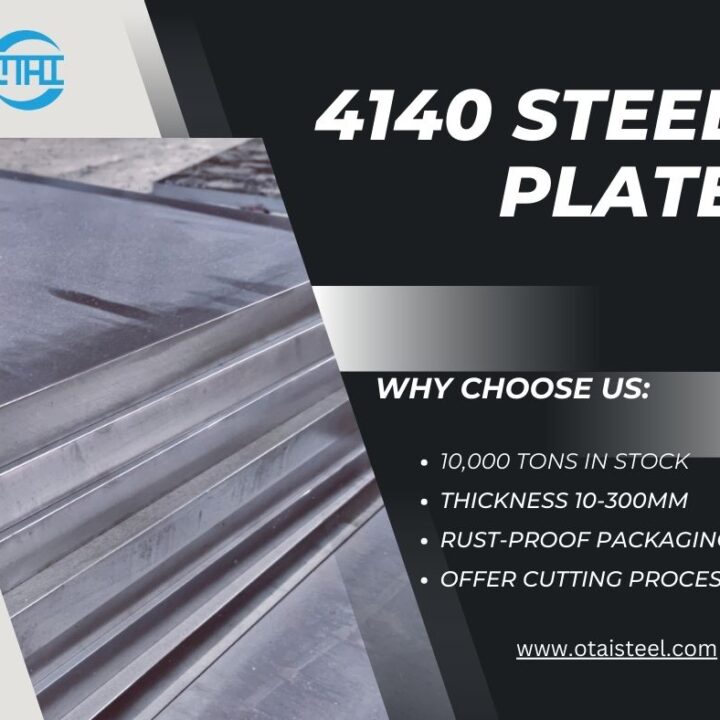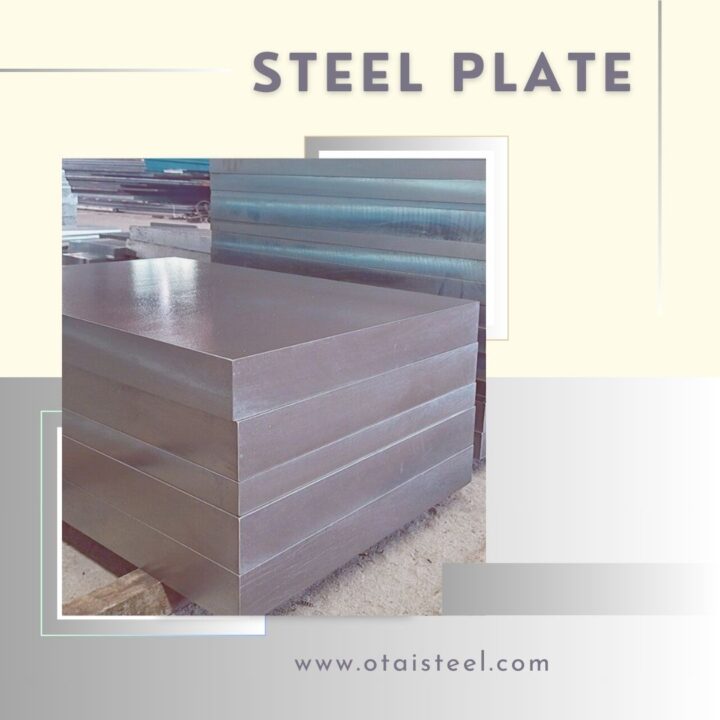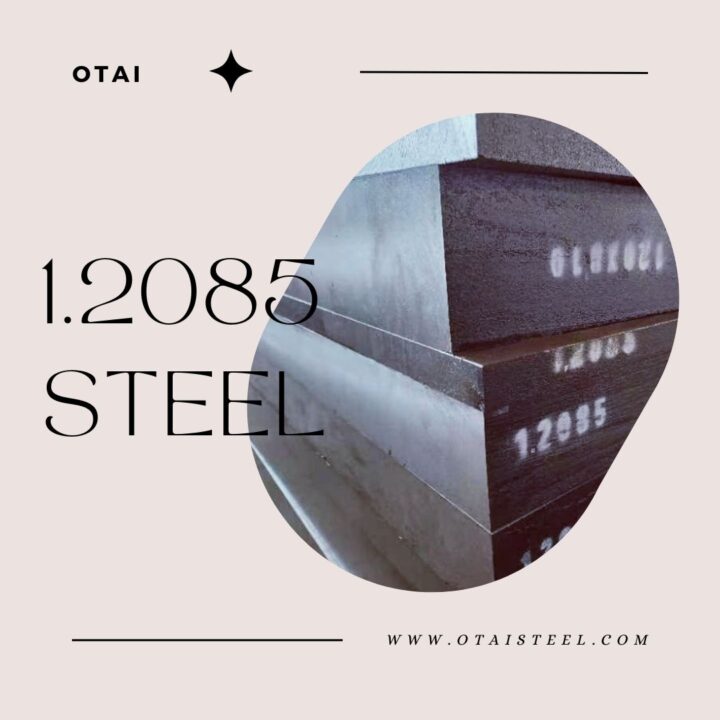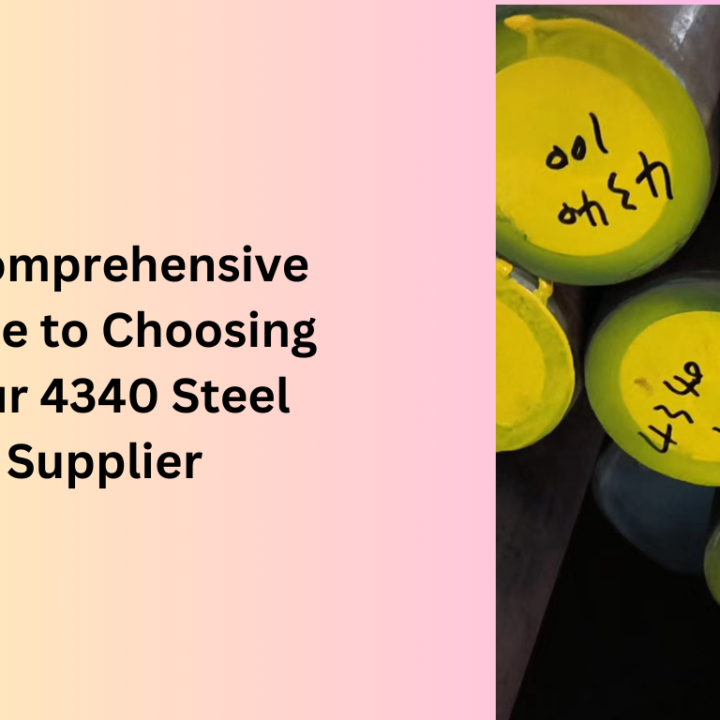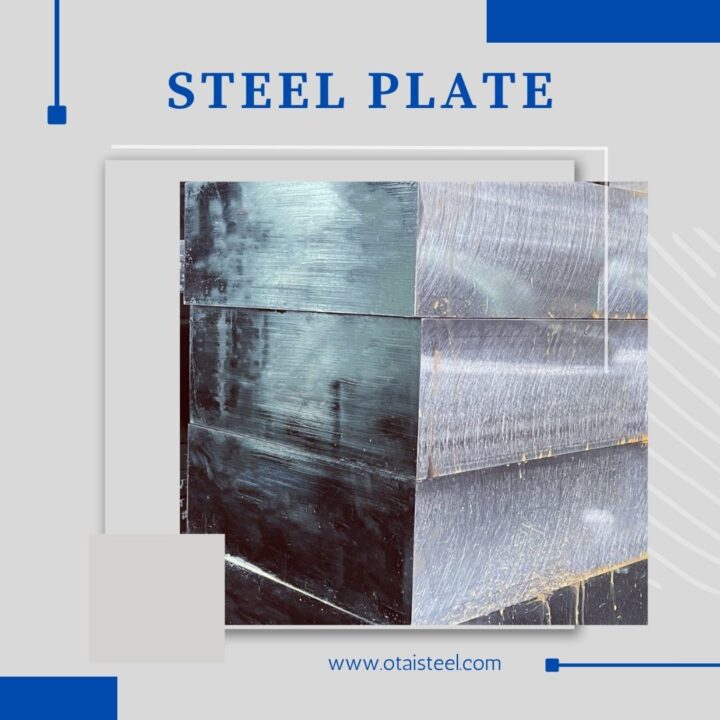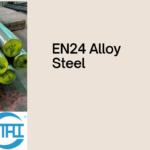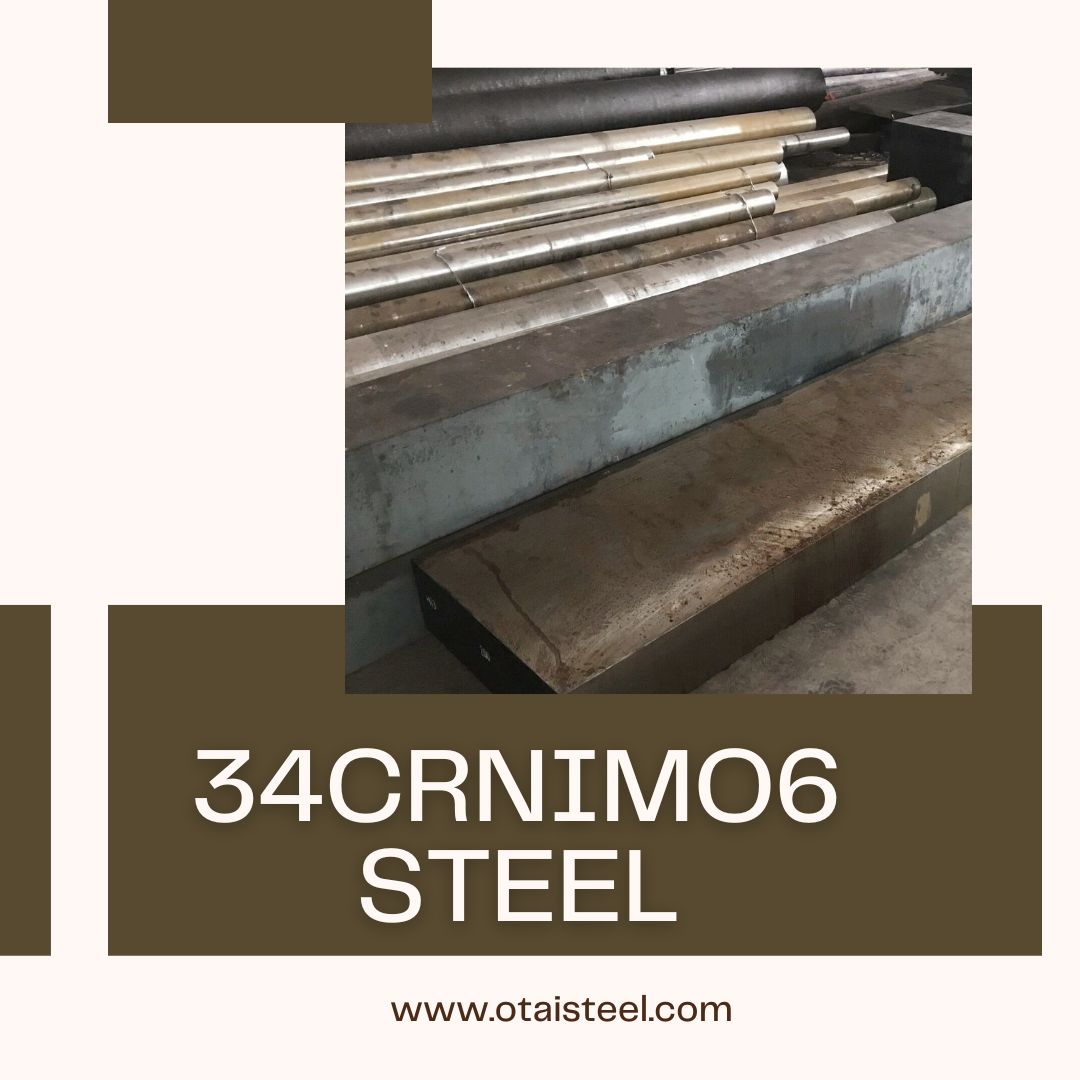 High-strength steel alloys are the backbone of various industries, providing the strength and resilience required for critical components. Two popular choices in this realm are 34CrNiMo6 and 4340 steel. In this detailed comparison, we’ll explore the key differences and similarities between these two alloys, helping you make informed decisions for your specific applications.
High-strength steel alloys are the backbone of various industries, providing the strength and resilience required for critical components. Two popular choices in this realm are 34CrNiMo6 and 4340 steel. In this detailed comparison, we’ll explore the key differences and similarities between these two alloys, helping you make informed decisions for your specific applications.
Composition and Chemical Properties
34CrNiMo6 is a high-strength steel alloy with a specific chemical composition. It primarily consists of iron, carbon, manganese, chromium, nickel, and molybdenum. This blend of elements gives it its unique properties.
Heat Treatment Process
The heat treatment process is a crucial step in the production of 34CrNiMo6. Quenching and tempering are employed to enhance the material’s mechanical properties, making it suitable for various applications.
Understanding 4340 Steel
Composition and Chemical Properties
4340 steel, also known as SAE 4340, shares some similarities with 34CrNiMo6 in terms of its chemical composition. It includes iron, carbon, manganese, chromium, nickel, and molybdenum, although the exact proportions may vary.
Heat Treatment Process
4340 steel undergoes heat treatment as well, including quenching and tempering, to achieve the desired mechanical properties. The heat treatment process is critical for optimizing the alloy’s strength and toughness.
Comparing Mechanical Properties
Strength and Hardness
Both 34CrNiMo6 and 4340 steel are known for their high strength and hardness. They can withstand substantial loads and resist deformation, making them ideal for applications where structural integrity is crucial.
Toughness and Impact Resistance
The toughness and impact resistance of these two alloys are impressive. They can absorb energy during impact without breaking, which is essential in environments where sudden forces are at play.
Fatigue Resistance
Both alloys excel in fatigue resistance, ensuring their long-term reliability, even under cyclic loads.
Yield and Tensile Strength
The yield and tensile strength of 34CrNiMo6 and 4340 steel are remarkable, defining their ability to endure both static and dynamic loads.
Applications and Industries
34CrNiMo6 Applications
34CrNiMo6 is widely used in the automotive and aerospace industries for critical components such as gears, shafts, and landing gear parts. It’s also prominent in mechanical engineering, construction, oil and gas, and power generation sectors.
4340 Steel Applications
4340 steel finds applications in many of the same industries as 34CrNiMo6, including automotive, aerospace, and mechanical engineering. It’s also used in the manufacturing of high-stress components like axles, crankshafts, and connecting rods.
Advantages and Disadvantages
Advantages of 34CrNiMo6
- Exceptional durability
- Reliability under extreme conditions
- Cost-effectiveness
- Ease of machinability
Disadvantages of 34CrNiMo6
- Limited corrosion resistance
- May not be suitable for marine applications without proper surface treatment
Advantages of 4340 Steel
- High strength and hardness
- Excellent toughness and impact resistance
- Versatility in applications
- Good fatigue resistance
Disadvantages of 4340 Steel
- Moderate corrosion resistance
- Slightly more expensive than some alternative alloys
Machining and Fabrication
Both 34CrNiMo6 and 4340 steel can be machined using standard techniques such as drilling, milling, and turning. Welding and joining processes are also applicable, while finishing and surface treatment can enhance their appearance and performance.
34CrNiMo6 and 4340 steel are exceptional high-strength alloys, each with its own advantages and ideal applications. While they share many similarities, understanding the subtle differences in their properties is crucial to selecting the right material for your specific needs. Both alloys are instrumental in the automotive, aerospace, mechanical engineering, and construction industries, contributing to innovation and reliability across the board.
